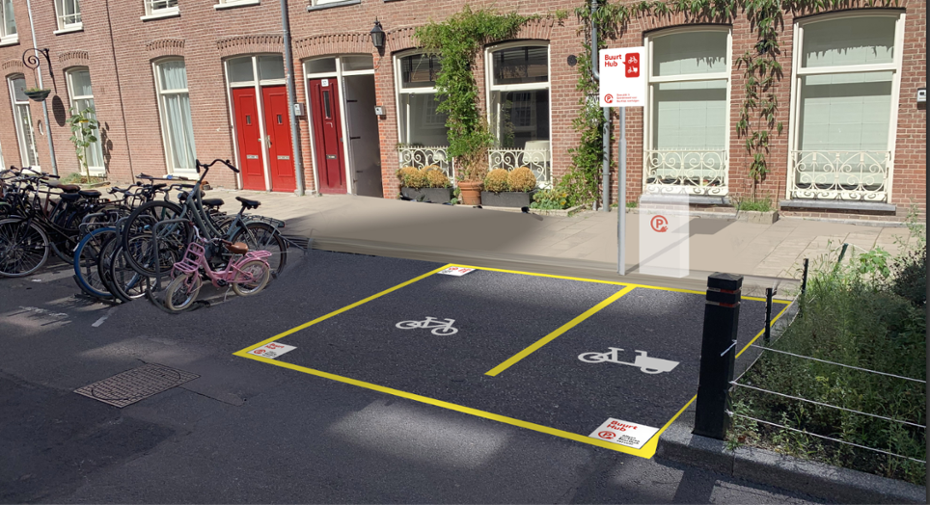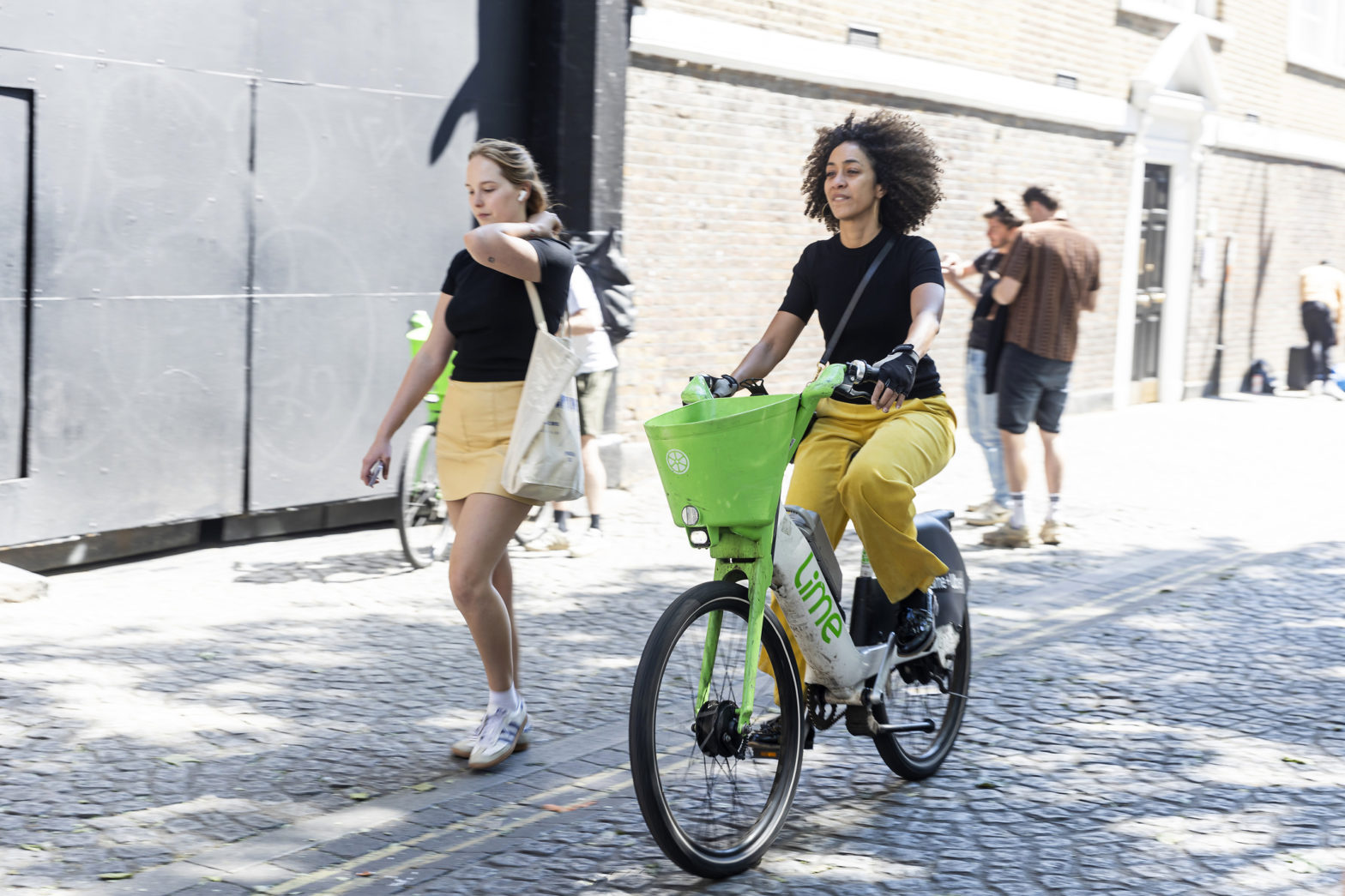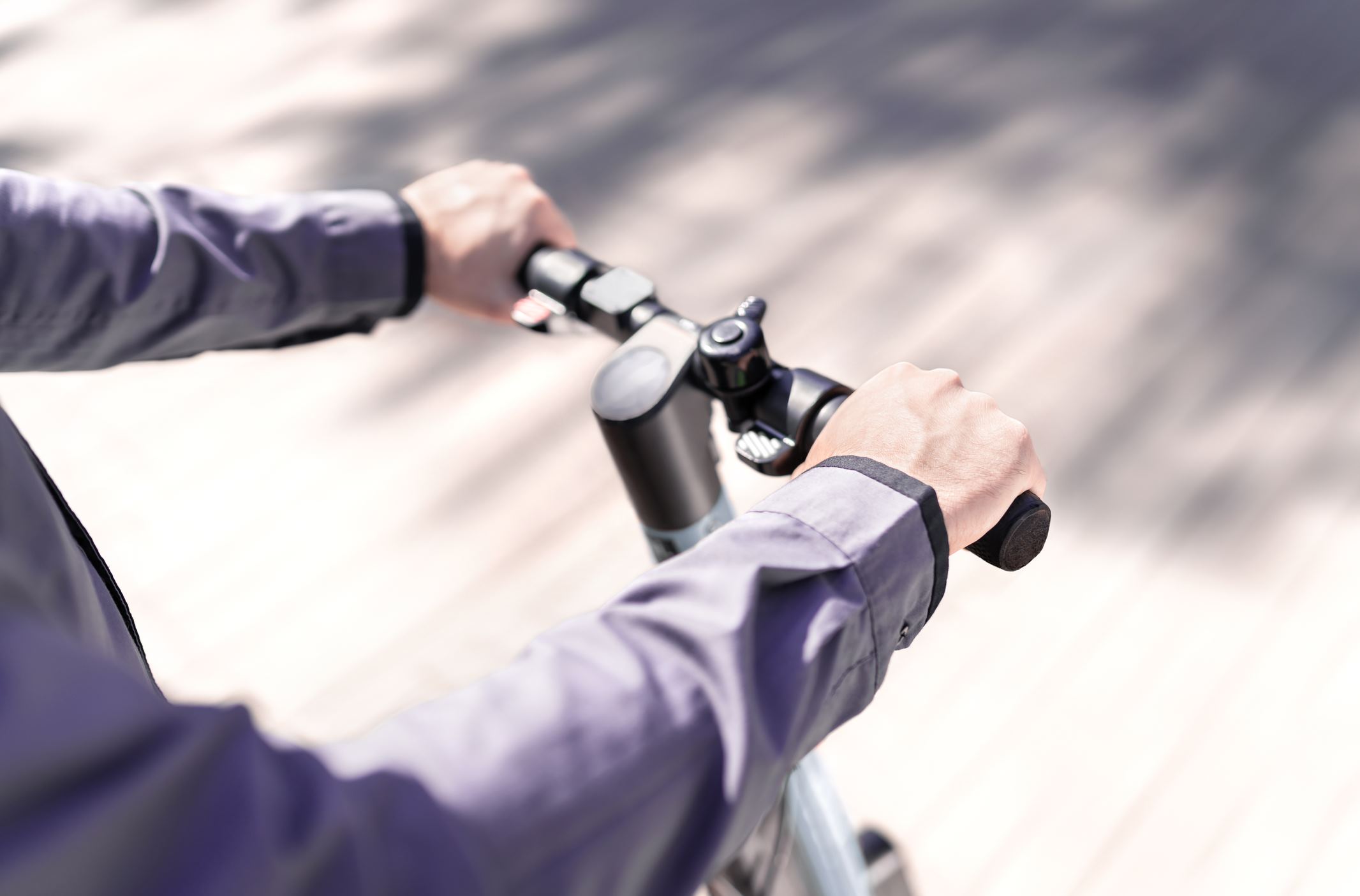
Photo: City of Amsterdam
Amsterdam explores community-led approach to modal shift
22 November 2022
by Christopher Carey
The City of Amsterdam is assessing whether to expand its shared electric mobility programme – BuurtHubs – into the new year and beyond.
The hubs, which provide residents with access to a range of mobility options, including e-bikes, e-cargo bikes, e-scooters and electric vehicles (EVs), were created as part of the European eHUBS project, with 15 zones already created across the Dutch capital over the past two years.
Speaking to Cities Today on the sidelines of the Smart City Expo World Congress in Barcelona last week, Debbie Dekkers, Amsterdam’s Smart Mobility Programme Manager, said: “It’s community-driven – residents apply [to the City of Amsterdam], then we assess the area, see how big [the mobility hubs] need to be and what modes are most appropriate.”
“The first two hubs were installed two years go, now we’re up to 15.”
The hubs are part of a larger European project examining the effects of shared mobility in five municipalities – Nijmegen/Arnhem (Netherlands), Manchester (UK) Kempten (Germany) Dreux (France) and Leuven (Belgium) – with Amsterdam investigating the impact of offering electric shared mobility with a bottom-up community-led approach.
Prices vary per vehicle and provider and but are generally between €0.05 (US$0.051) and €0.40 per minute, with a starting rate of €1 in some cases.
Challenges
When asked about the challenges facing the project, Dekkers said engaging with all residents can prove difficult.
“For us, it’s very important to give the people our perspective. We found in some neighbourhoods people don’t really care – they just want to park their car.
“Or they try the hubs two or three times and then don’t engage with them at all.
“So trying to change their mind and get the message across has proved to be the biggest challenge.
“When I do my job right, people are informed. We organise events in the neighbourhood, to actually show them how it works in other neighbourhoods.”
The project has received €8.86 million in funding, including €5.31 million from the EU.
Hubs are normally built in existing parking spaces, meaning less room for cars.
“We know from studies on psychological trends, it can be really hard to change people’s mobility behaviour.
“We also know that when we as a government ask [residents] to get rid of their car, people get angry and ask ‘who are you to tell me what’s wrong or change my behaviour?’, but we see that when it’s a community-based approach, people are more likely to get on board.”
The city has funding for 20 hubs in total, and is now evaluating whether to expand the project.
“Ultimately it’s a political decision, but it’s actually quite easy to install the hubs.
“We have different types of models, but generally it involves just putting up a sign, changing the colour of the street [markings] and making a contract with the shared mobility providers.”
Image: City of Amsterdam







